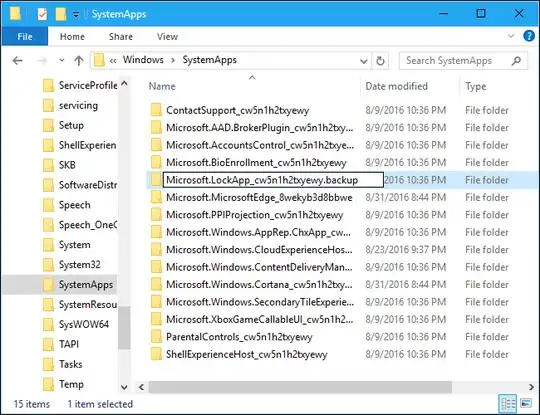On Windows 10, a lock screen greets me as soon as I boot my computer or wake it up from sleep. It must be clicked before I can see the login screen (where I'll provide my username and password).
I realize that this pre-login screen prevents accidental unlocking on smartphones and tablets (because they have touchscreens), but it just hampers me on my desktop PC.
How can I permanently disable this lock screen (so that upon boot or wakeup, I can immediately enter my password)?
I know it's possible because I've done it before, but I can't remember how, and I've recently reinstalled Windows.
What I've tried recently is the "Do not display the lock screen" option within gpedit.msc and also the HKEY_LOCAL_MACHINE\SOFTWARE\Policies\Microsoft\Windows\Personalization value in regedit. (I followed these tutorials.) I've also tried the Task Scheduler method and the Microsoft.LockApp_cw5n1h2txyewy folder method.
In all cases, there is no error message and no effect (I still am greeted by the lock screen after boot or wake), although those settings persist.
P.S. My question is a duplicate of this one, but that one should not have been flagged as a duplicate of the others, because it is unique. And since I don't know how to give that question (#1074176) the attention it merits (and reopen it), I'm posting this one.
I have Windows 10 Pro (Version 1607, Build 14393.0).

